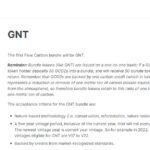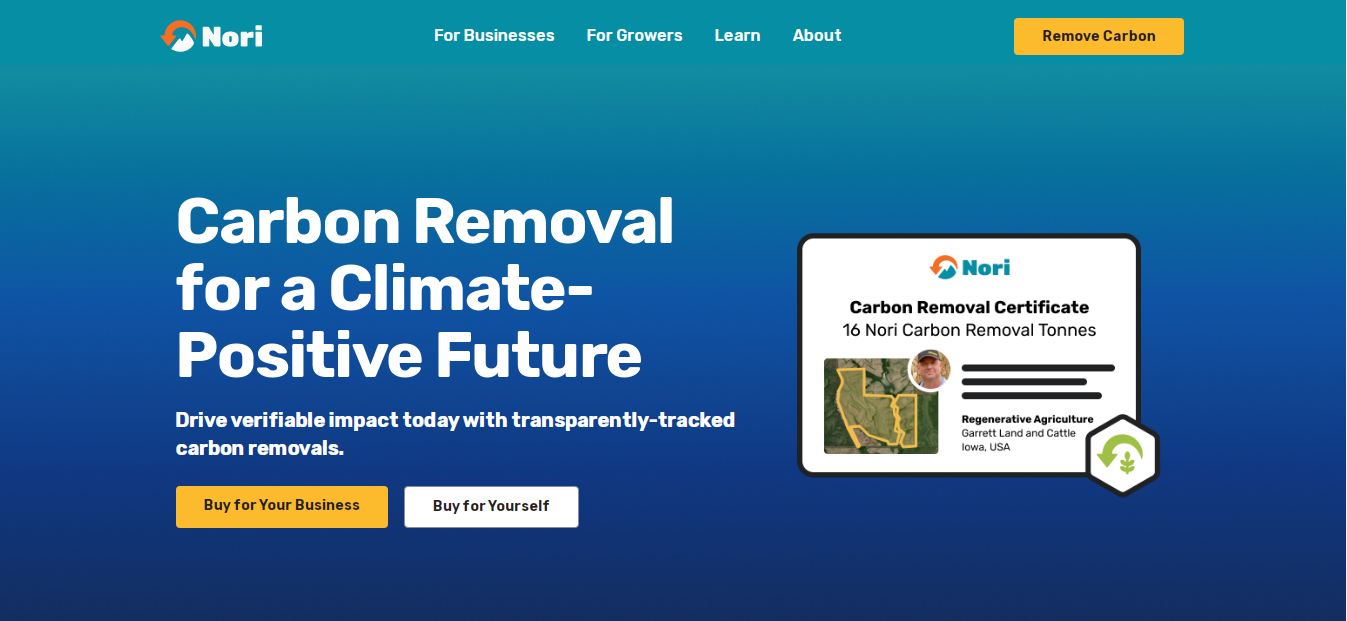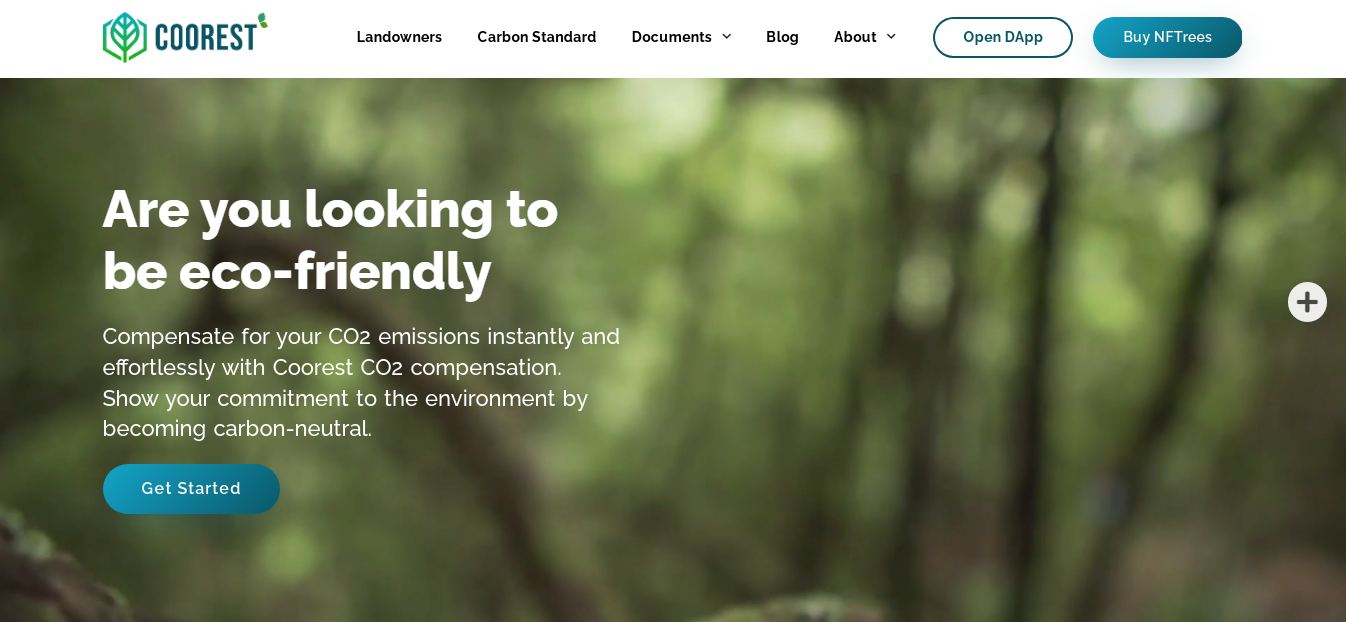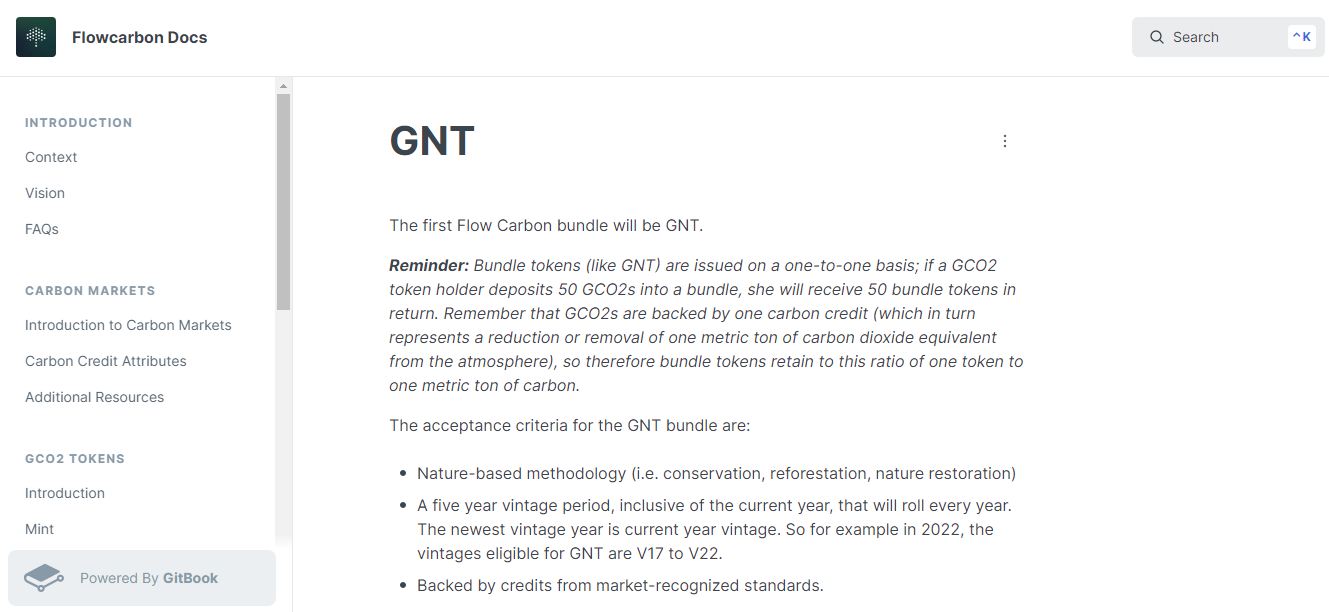Challenges of Voluntary carbon market
Traditional procedure for trading carbon credits of the voluntary standards is quite complex and expensive. The participant must undergo a KYC (know your customer) procedure. Then pay a fee for opening an account, an annual fee for its maintenance, and a commission for each transaction with carbon credits.
If for large market participants of carbon credits – climate project developers, brokers, exchanges – the above complexities are not significant, then for small-volume or one-time purchases it was necessary to significantly simplify the mechanism.
The standards are quite conservative, so the market participants were the initiators of the changes. Their idea was to tokenize carbon credits, i.e. to issue their digital counterpart to simplify trading outside the traditional registry.
Currently, two followed methods of tokenization have been tested.
One-way bridge
The company offsets the carbon credits held in the standard registry against the carbon footprint (without indicating the ultimate beneficiary), after which it issues tokens for their number. The token is available for purchase, storage, transfer and retirement. Interaction with the standard registry after tokenization is not required. A similar system was implemented by the Toucan Protocol in relation to VCS carbon credits discussed in this article.

Two-way bridge
A company that owns carbon credits in a traditional registry can issue tokens on a one-to-one basis using blockchain technology and make them available for sale. The buyer can hold the tokens on their account on an exchange or crypto wallet, sell them, transfer them to another person or company, retire them to compensate for their carbon footprint, or redeem them for the underlying carbon offset in the traditional registry.
A similar system was implemented by the Flowcarbon company, which issued the GNT token discusse in this article.

The Future of Carbon Credit Tokenization
As a result of the experience gained, the Standards and VCM participants have come to the understanding of the need for regulation of the following tokenization aspects:
- Reliability of standards: Only carbon credits issued in accordance with internationally recognized or national standards should be used for tokenization.
- Control by the Standard: Exclusive powers of the Standards to allow or prohibit the tokenization of carbon credits, their withdrawal from circulation. The Standard has the infrastructure for registering and tracking such carbon credits and their tokens.
- Tokens should only be issued for carbon credits in circulation.
- Consumer protection / Transparency / Know your customer (KYC) / Anti-money laundering (AML): Token issuers must undergo KYC and AML checks in accordance with the standards.
- Guarantees for the investor: In cases where tokenization does not imply a direct link to the underlying carbon asset, it is necessary to ensure that digital climate assets meet the goals, needs and risk tolerance of clients, meet their knowledge and experience. Especially relevant for Decentralized Autonomous Organizations
- Sustainability: Any digital technology used should be inclusive, open, sustainable, safe, and have a low carbon footprint.
- IT security: protection from cyber threats.
- Publicity of token accounting: Tokenized carbon credits must be issued and registered or stored on conditional deposit in a public registry associated with the Standard.
- Statements of carbon neutrality are permitted only after the retirement of tokens and related carbon credits in the registry.
VERRA and Gold Standard consultations on the issue of tokenization of carbon credits are ongoing. The most likely scenario is to improve the scheme with simultaneous synchronization of the standard registry and the token registry.










